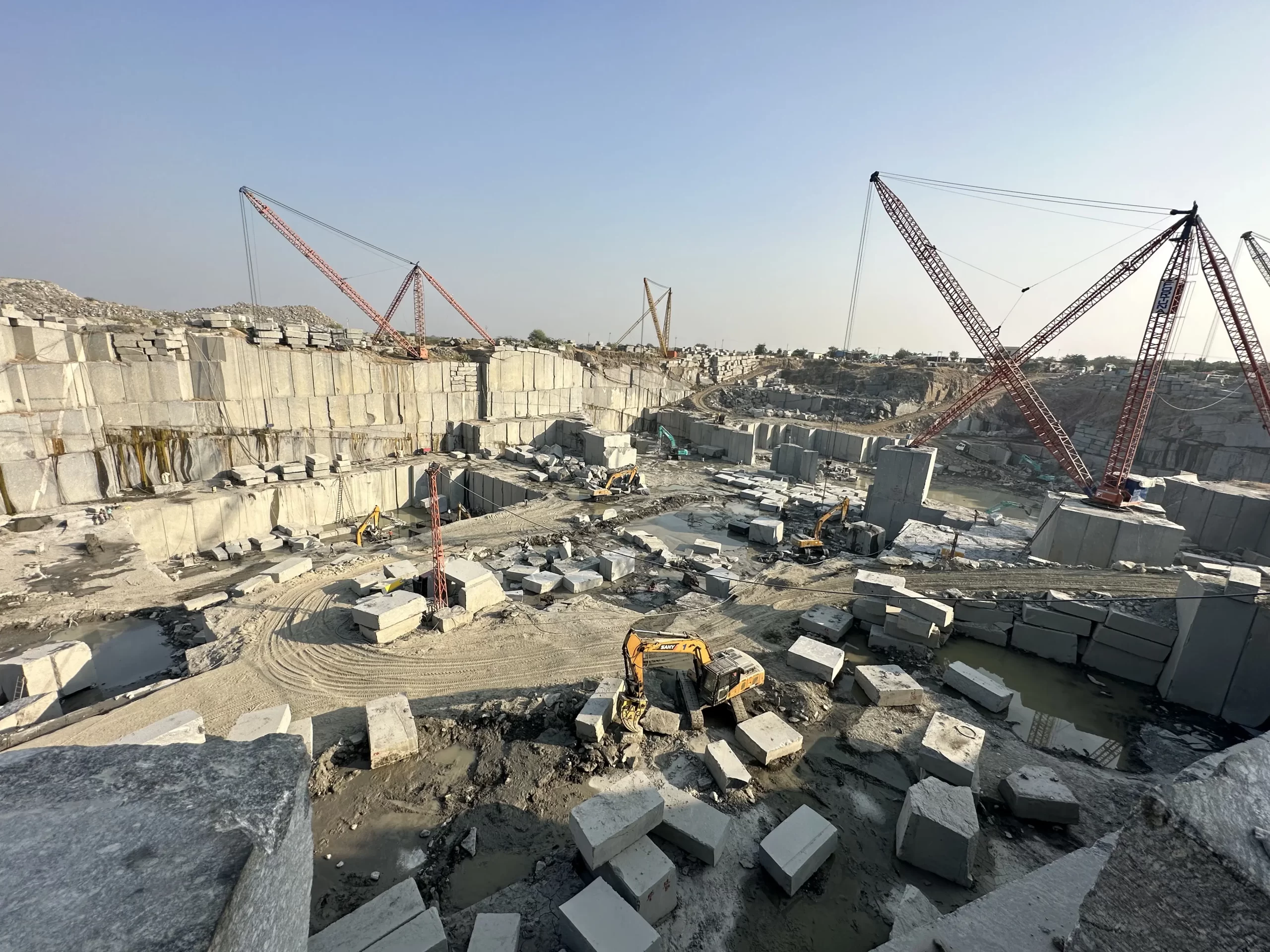Revealing the Mysteries of Granite Quarrying: Where Toughness and Elegance Meet
The world of granite quarrying is a world where the raw toughness of nature converges with human artistry to produce structures that stand the examination of time with an air of beauty. From the depths of quarries to the careful sprucing up in workshops, the procedure of transforming granite into architectural marvels is an intricate dancing of tradition and development. As we peer right into the midsts of this ancient craft, we begin to discover the surprise intricacies that shape the extremely significance of our constructed setting.
The Beginnings of Granite Quarrying
In the annals of architectural history, the origins of granite quarrying are shrouded in a tapestry of ancient craftsmanship and geological marvels. Dating back to ancient Egypt and Mesopotamia, the extraction of granite from quarries marked the beginning of a journey that would ultimately cause the production of several of the globe's most famous frameworks.
Granite quarrying's origins can be mapped to the experienced artisans who recognized the stone's resilience and aesthetic appeal. Through a mix of primitive devices and large decision, these early quarry workers unearthed granite blocks that would become the foundation of civilizations.
As civilizations evolved, so did the techniques of quarrying granite. The Romans, renowned for their design expertise, established sophisticated methods for extracting granite to create monoliths, holy places, and roads that stood the examination of time.
The heritage of these ancient quarrying practices continues to form contemporary architecture, with granite remaining an icon of toughness and sophistication in building projects around the globe. (granite quarries in south africa)
Tools of the Quarrying Profession
The development of granite quarrying techniques from old human beings to contemporary times highlights the crucial duty played by the devices of the quarrying sell forming the market's practices. In old times, quarrying devices were fundamental, typically containing knives, hammers, and wedges made from materials like bronze or iron. These devices needed significant workforce and time to extract granite obstructs from quarries.

Furthermore, the intro of pneumatically-driven devices and high-powered machinery has actually substantially reduced the physical labor needed in quarrying operations, enhancing employee security and efficiency. As the quarrying market remains to innovate, the tools of the trade remain at the forefront of driving progress and forming the future of granite removal.
Drawing Out Blocks of Granite
Using precision equipment and advanced strategies, the extraction of granite obstructs from quarries has become an advanced process in the modern quarrying sector. Controlled blowing up methods are after that utilized to damage apart the granite into convenient sections.

Polishing and Finishing Strategies
To accomplish a flawless surface area on granite blocks, skilled artisans employ a collection of careful sprucing up and finishing methods. After the first extraction and shaping processes, the granite blocks undertake a thorough polishing stage to improve their natural appeal and sturdiness. One common approach used in brightening granite is diamond abrasion, browse around here where commercial diamonds are made use of to grind and brighten the stone to a smooth finish. This process not only produces a shiny surface yet also guarantees uniformity in shade and appearance throughout the granite block.
Along with polishing, completing strategies are put on additional improve the granite's look. These techniques may include flaming, sharpening, or brushing, each offering distinct appearances and coatings to suit different aesthetic choices. Flaming, for example, entails exposing the granite surface to high temperatures to produce a harsh, distinctive coating, perfect for outdoor applications where slip-resistance is necessary. Honing, on the other hand, offers a matte surface that is smooth to the touch, best for interior kitchen counters and floor covering. By carefully selecting and applying these polishing and finishing techniques, artisans can transform raw granite blocks into splendid items that showcase both stamina and sophistication.

Ecological Impact and Sustainability
With the growing emphasis on environmental awareness in the sector, granite quarrying practices are progressively inspected for their influence on natural resources and long-term sustainability. Furthermore, the transport of granite from quarries to refining centers creates carbon emissions, even more contributing to ecological destruction.
To minimize these impacts and make sure sustainability in granite quarrying, sector stakeholders are adopting various steps. Executing sophisticated innovations to minimize power usage and water use, redeeming quarried land for eco-friendly reconstruction, and advertising liable sourcing techniques are some approaches being used. Qualifications such as the Woodland Stewardship Council (FSC) and the Leadership in Energy and Environmental Design (LEED) aid customers determine ecologically friendly granite products.
Conclusion
To conclude, granite quarrying is a procedure that requires specialized devices and methods to extract blocks of granite and brighten them to a high level of coating. While the environmental influence of quarrying can be considerable, initiatives are being made to enhance sustainability practices in the sector. In website link general, granite quarrying is a fragile equilibrium in between taking advantage of the strength and style of this natural rock while lessening its effect on the atmosphere.